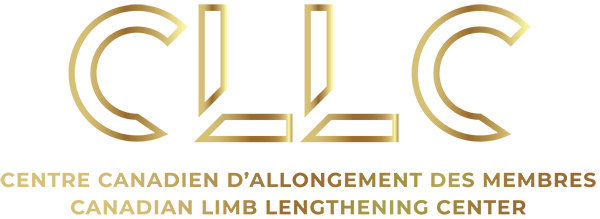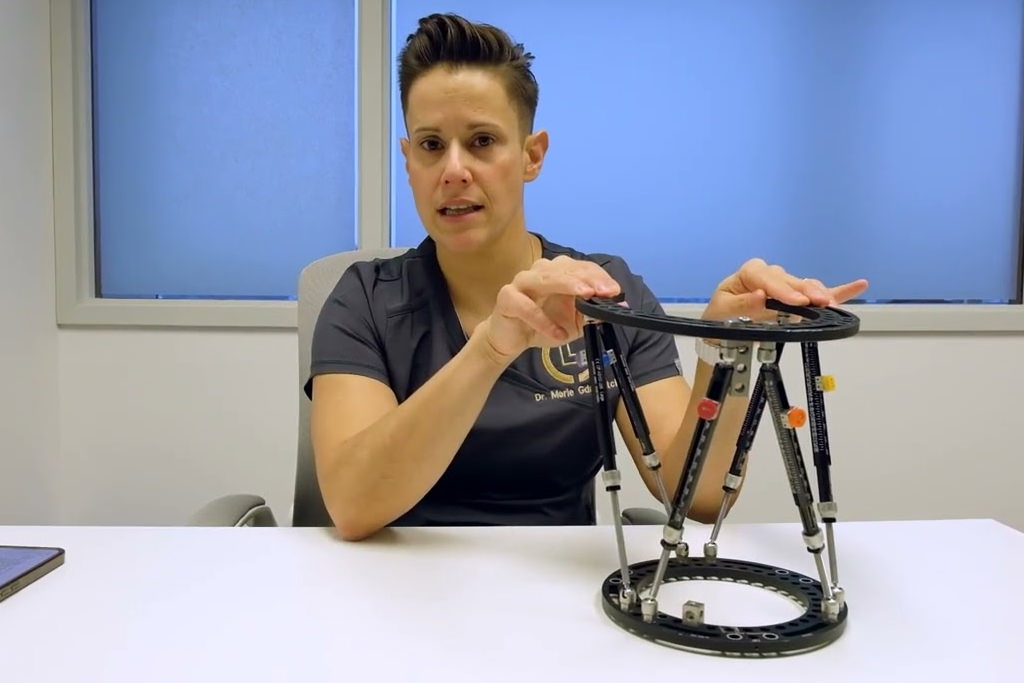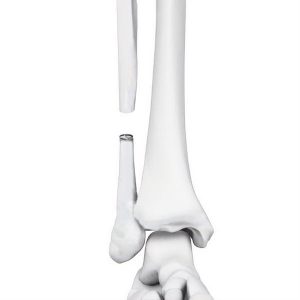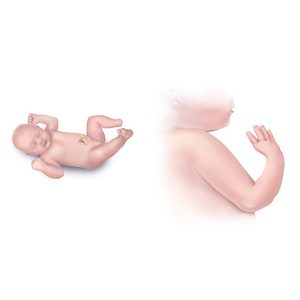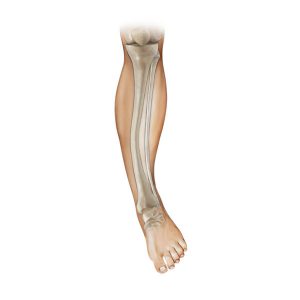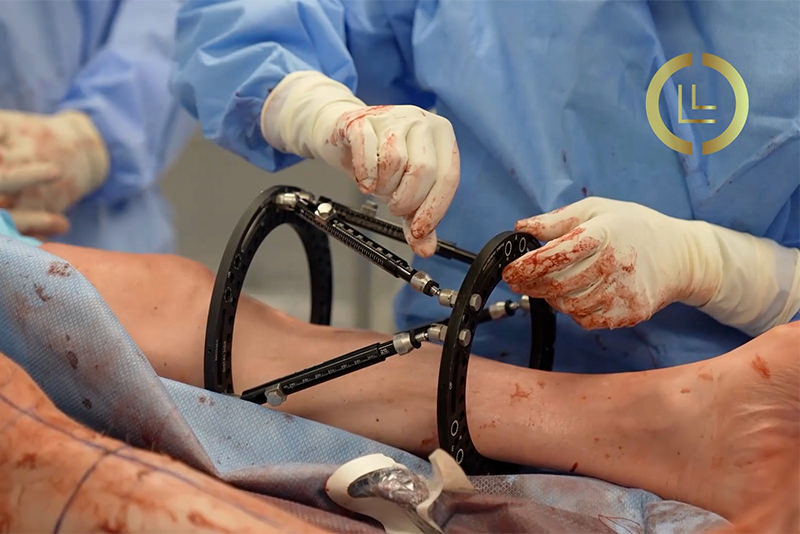Limb lengthening surgery uses the principles of bone regeneration (distraction osteogenesis) to pull the bones apart and create new bone. Gradual Lengthening with circular external fixation, relies on a customized apparatus that is surgically attached to the limb. The external portion of the apparatus encircles the leg, allowing for adjustments to be made. Bone has the capacity to regenerate in response to injury. When the apparatus lengthens the bone a cascade of signals activates cellular behavior resulting in enhanced formation of bone.
Indications / Candidacy
Candidates will be assessed by one of our surgical specialists to ensure a proper diagnosis and that all physical criteria are met. We accept both pediatric and adult patients for limb lengthening surgeries. Patients, and in some cases their care givers, must be willing to participate in physical therapy, and attend regular appointments with their physician throughout the entire limb lengthening process.
Good candidates for this procedure experience:
- Deformity of the limb in more than one plane
- Length difference between two limbs
- Combination of deformity and length difference
- Pain that affects their back, posture, hips, knees, and ankles
- Pain that is more severe on one side of the body
- Issue with gait or walking





Treated Conditions
Our centre offers treatment of many complex orthopedic conditions. With highly specialized expert care and the most up to date equipment and technologies in limb lengthening we have developed a holistic approach to help patients and their families treat many specific conditions. Gradual Lengthening with External Fixation is used in the treatment of:
Surgical Technique
To perform a lengthening, the surgeon cuts the bone into two segments. The bone cut is done through a small skin incision to preserve all the soft tissues around the bone. Each of the two bone segments are attached to a circular external fixator with special bone screws or wires. For a circular fixator, each bone segment is attached to a separate ring. Adjustments are then made to the fixator to perform the limb lengthening. The bone is distracted at approximately 0.75- 1mm per day until the desired length is achieved. Once the length is achieved the consolidation phase starts, during which the bone must heal before the external fixator can be removed.

An external fixator can be thought of as a frame that is surgically attached to the bone. The fixator remains on the outside of the limb while the screws or wires that attach the apparatus to the bone are passed through the skin. This apparatus can also be known as a computer assisted circular external fixator and often requires the patient to make at home adjustments according to their surgical lengthening plan. See struts adjustments instructions.
Results
Limb lengthening can usually add between 6-8cm of length to the bone. It can be performed on the arms (humerus or radius/ulna) and in the legs (femur and tibia). Once a full recovery has been made, patients can enjoy the same activities that they did prior to surgery Sometimes surgery is used to avoid potential joint and spine problems in the future. Patients who were experiencing pain because of limb discrepancies and/or deformities find their symptoms improve or are completely alleviated after limb lengthening.

Patient standing on 3cm block under the right leg


Potential Complications
As with any surgical procedure, Gradual Lengthening with External Fixation can have difficulties and complications. Limb lengthening is a procedure performed on the main bones that carry the body and therefore the decision to undergo lengthening should not be taken lightly. Though extensive measures are taken to avoid complications every patient’s experience is different. Complications and side effects may include:
- Slow or rapid bone healing
- Muscle contractures
- Osteomyelitis (bone infection)
- Nerve and blood vessel injury
- Joint stiffness and contractures
- Pin loosening or breakage
- Pin site infection
- Pain and sleeping difficulty
Our limb lengthening specialists are aware of and ready to respond to complications. With access to a team of surgeons, our care offers diverse knowledge surrounding any potential complication or challenge. Patients can rest assured knowing they are well taken care of.
Case studies
AM I A CANDIDATE?
Are you experiencing an orthopedic condition and would like to improve your physical capabilities?
Or you simply would like to achieve your long-lasting dream of improving your height?
Let us help you achieve your optimal health and wellness in a professional setting.
Let’s open up a discussion to help you achieve your goals.




Highly specialized expert care at CLLC
At the Canadian Limb Lengthening Centre we offer complex deformity correction and limb lengthening surgeries performed by experienced surgeons with the most up to date technologies. When it comes to your care, and treatment of deformity and limb length discrepancy, our surgeons have extensive training and experience.
